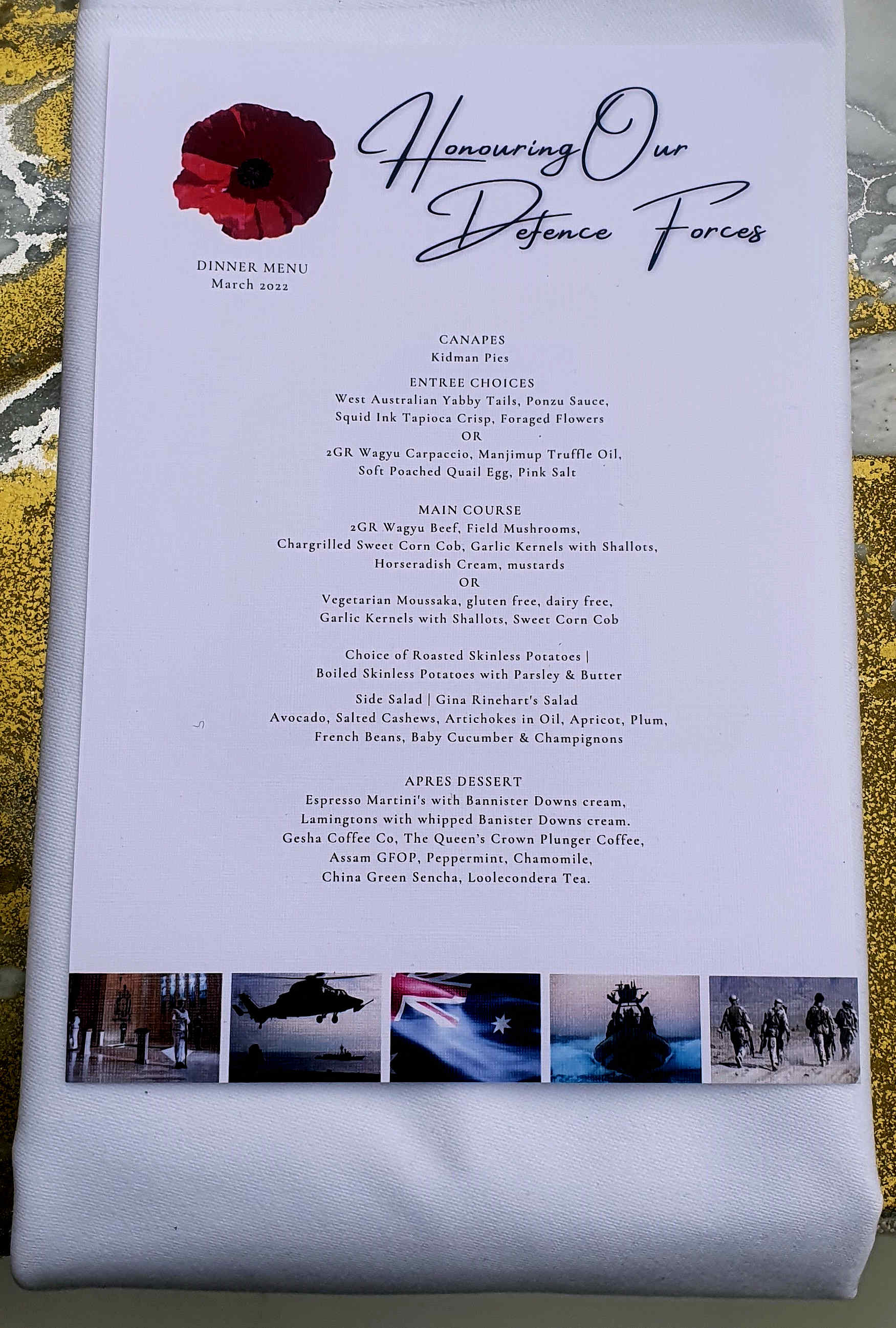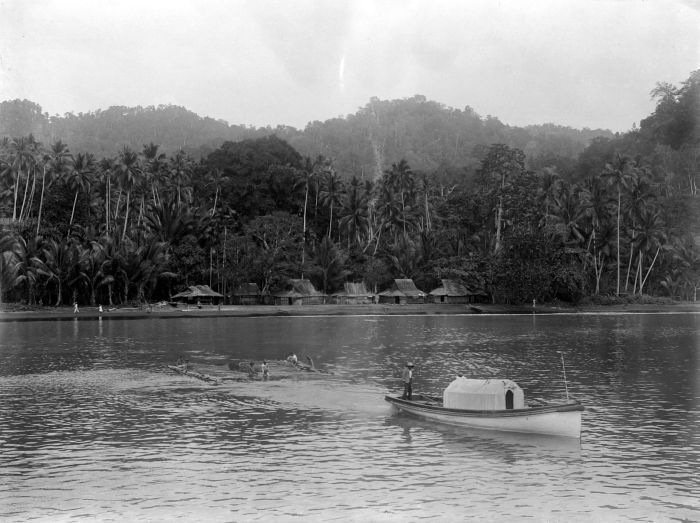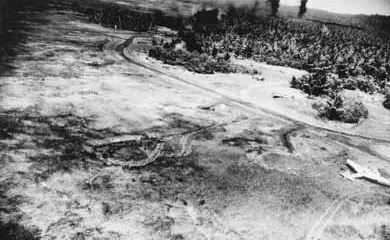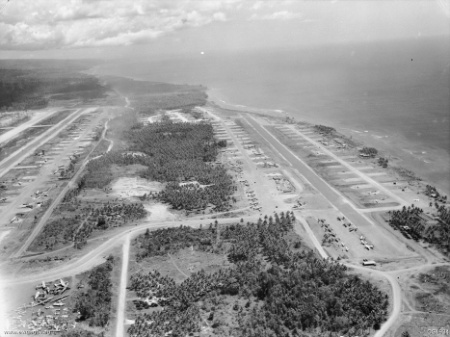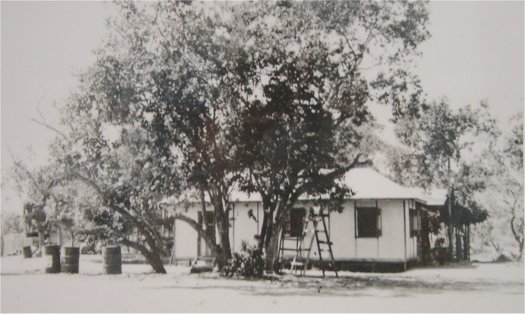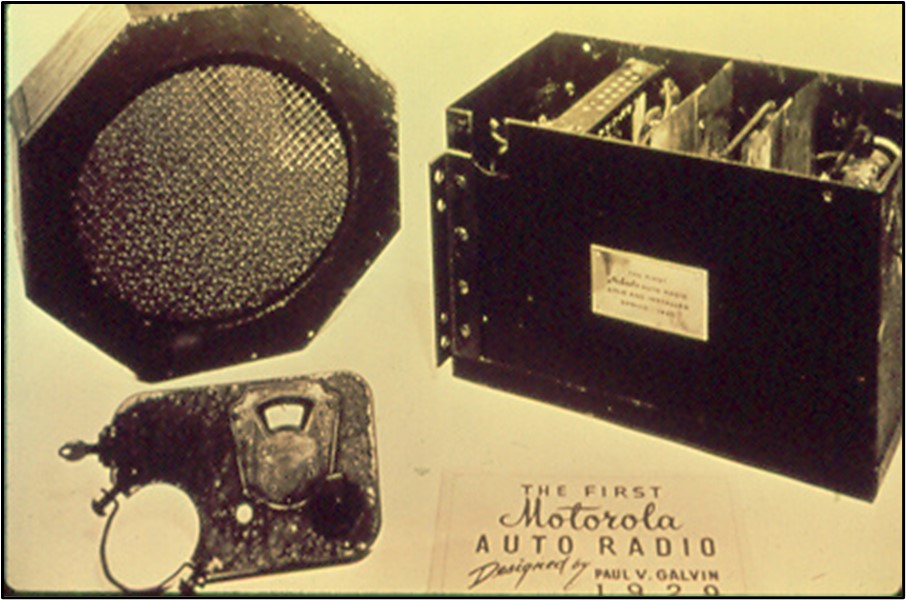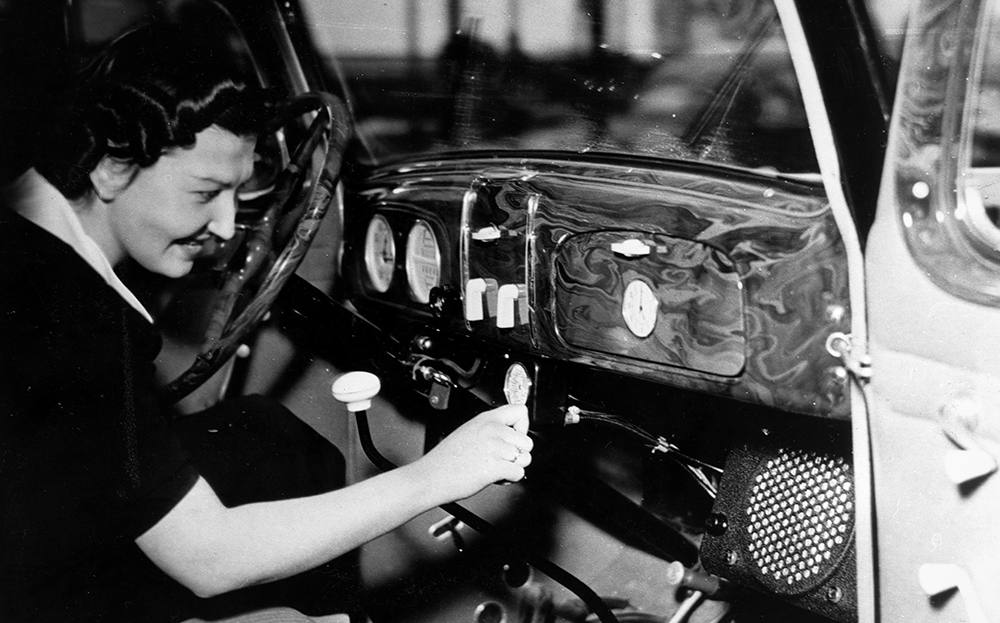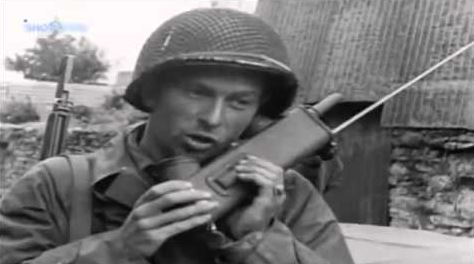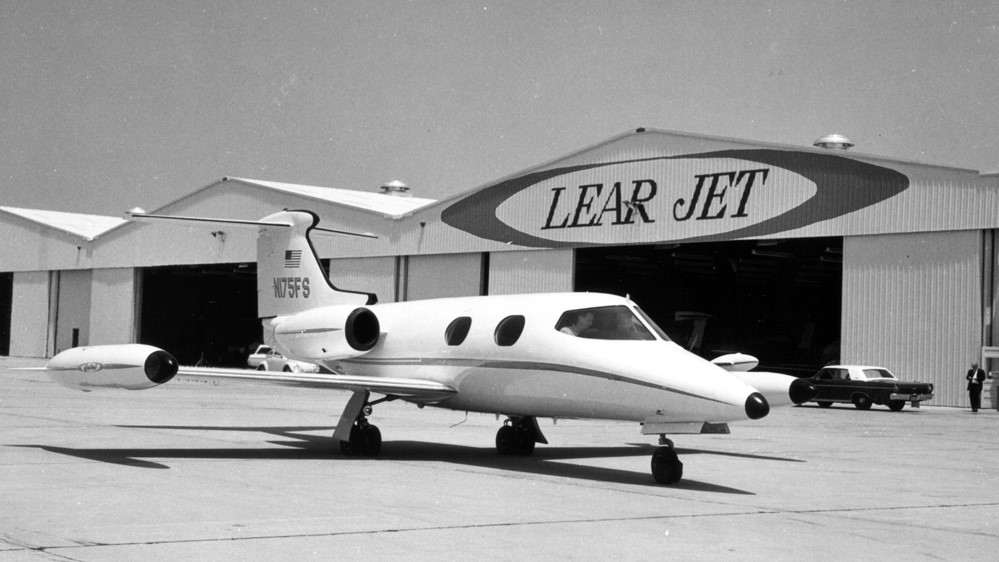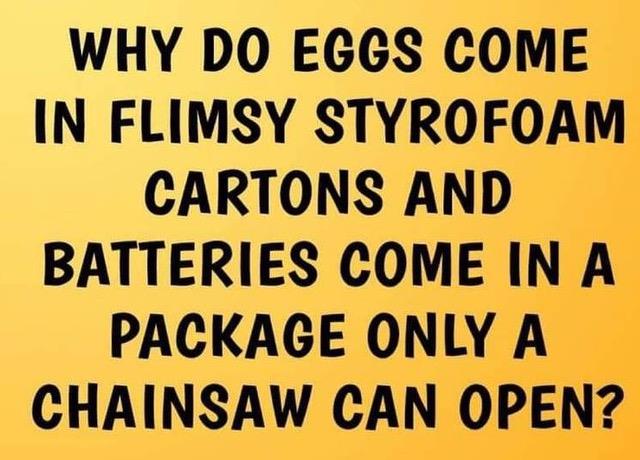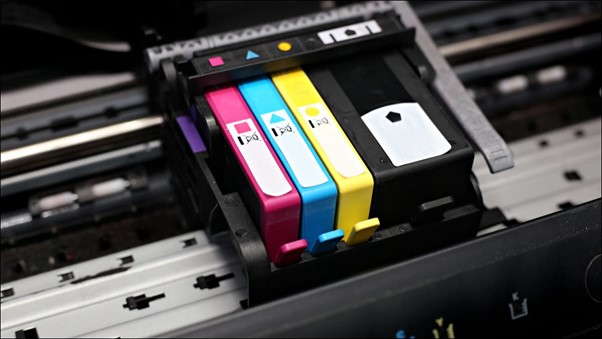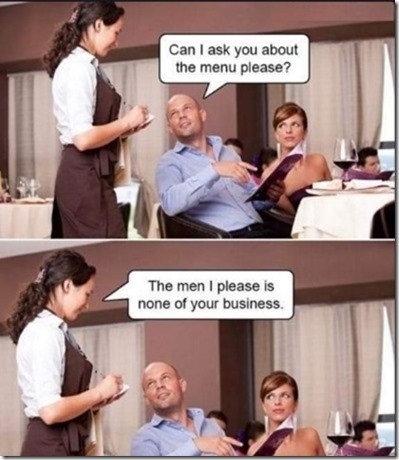|
|
||||||||||||||||||||||||||||||||||||||||||||||||||||||||||||||||||||||||||||||||||||||||||||||||||
|
||||||||||||||||||||||||||||||||||||||||||||||||||||||||||||||||||||||||||||||||||||||||||||||||||
|
Privacy Policy | Editorial Policy | Profit Policy | Join the Association | List of Members | Contact us | Index | Links |
||||||||||||||||||||||||||||||||||||||||||||||||||||||||||||||||||||||||||||||||||||||||||||||||||
|
Back Go to page: 1 2 3 4 5 6 7 8 9 10 11 12 13 14 15 16 17 18 19 20 Forward |
||||||||||||||||||||||||||||||||||||||||||||||||||||||||||||||||||||||||||||||||||||||||||||||||||
|
Out in the shed with Ted. |
||||||||||||||||||||||||||||||||||||||||||||||||||||||||||||||||||||||||||||||||||||||||||||||||||
|
|
||||||||||||||||||||||||||||||||||||||||||||||||||||||||||||||||||||||||||||||||||||||||||||||||||
|
|
||||||||||||||||||||||||||||||||||||||||||||||||||||||||||||||||||||||||||||||||||||||||||||||||||
|
Welcome to Kedron-Wavell Services Club. Located in the vibrant Chermside precinct, only 15 minutes north of Brisbane’s CBD, the Club is Brisbane’s award winning, premier function, entertainment and leisure destination.
With a cosmopolitan atmosphere and elegant features, Kedron-Wavell Services Club is the perfect place to meet your family and friends… or meet new friends! We’re easy to find and offer free off-street parking for members and guests.
Click the pic above to go to the Club's web site
|
||||||||||||||||||||||||||||||||||||||||||||||||||||||||||||||||||||||||||||||||||||||||||||||||||
|
|
||||||||||||||||||||||||||||||||||||||||||||||||||||||||||||||||||||||||||||||||||||||||||||||||||
|
Contents.
Battle of Britain Lace Panels.
Car
Safety.
Combatants
surrender to "Ned Kelly". |
||||||||||||||||||||||||||||||||||||||||||||||||||||||||||||||||||||||||||||||||||||||||||||||||||
|
Pension Rates - WEF 20 March 2022
The fortnightly rate of pensions is below:
|
||||||||||||||||||||||||||||||||||||||||||||||||||||||||||||||||||||||||||||||||||||||||||||||||||
The Carer's allowance is $136.50 per fortnight and is adjusted each year on the 1st January.
|
||||||||||||||||||||||||||||||||||||||||||||||||||||||||||||||||||||||||||||||||||||||||||||||||||
|
Garden Party.
|
||||||||||||||||||||||||||||||||||||||||||||||||||||||||||||||||||||||||||||||||||||||||||||||||||
|
Mrs Gina Rinehart, the Executive Chairman of the Hancock Group, is a staunch supporter of the ADF and, in particular, the former and currently serving military personnel.
On Friday evening, 25th March, as a way of saying thank you, Mrs Rinehart invited a number of ex-Service men and women to her wonderful home in the Perth suburb of Dalkeith to thank them for their service.
I and many others were fortunate to receive an invitation to the event but, it wasn’t your normal backyard barbie as can be seen in the pictures below.
We were served a delicious three-course meal accompanied by much free-flowing drinks – see menu below.
|
||||||||||||||||||||||||||||||||||||||||||||||||||||||||||||||||||||||||||||||||||||||||||||||||||
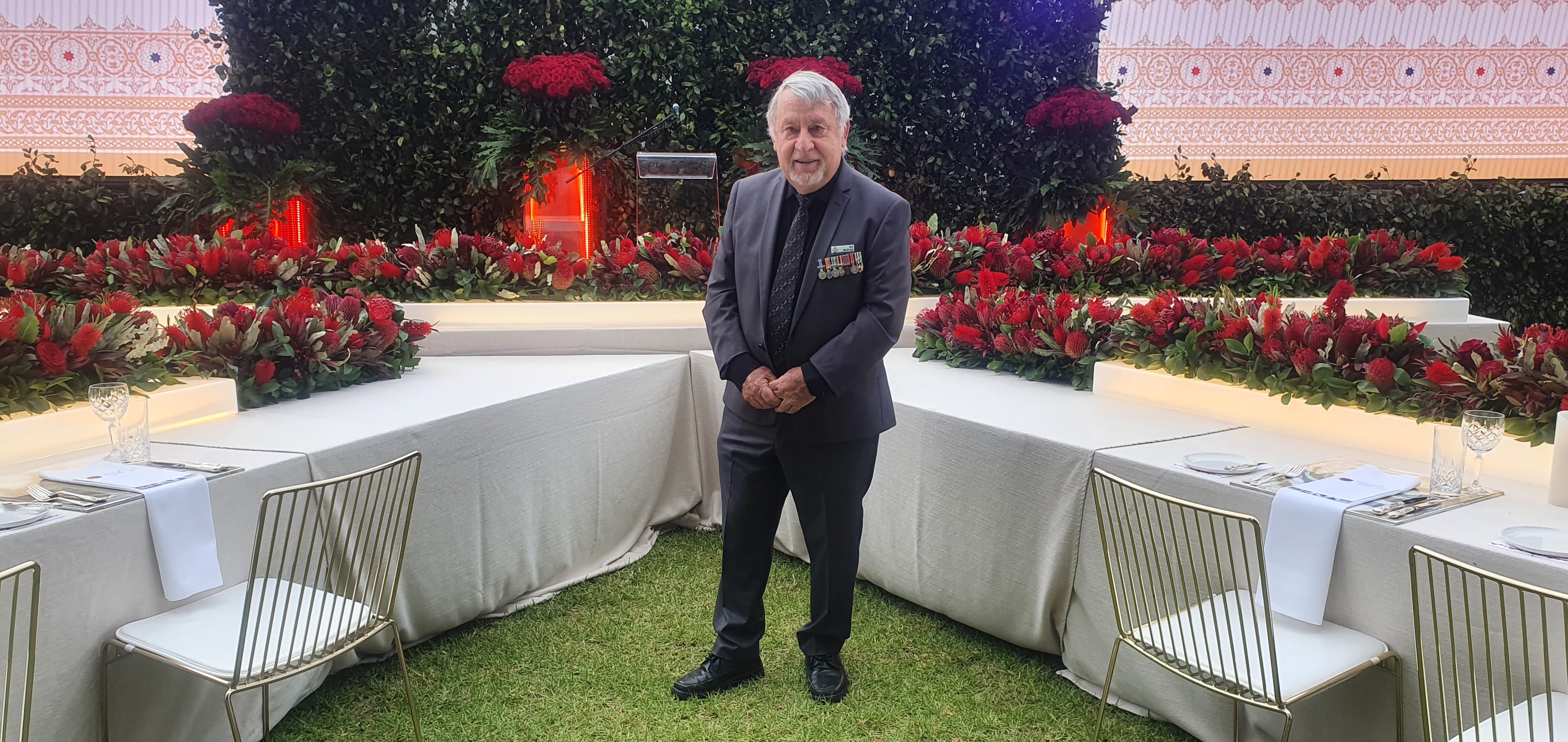 |
||||||||||||||||||||||||||||||||||||||||||||||||||||||||||||||||||||||||||||||||||||||||||||||||||
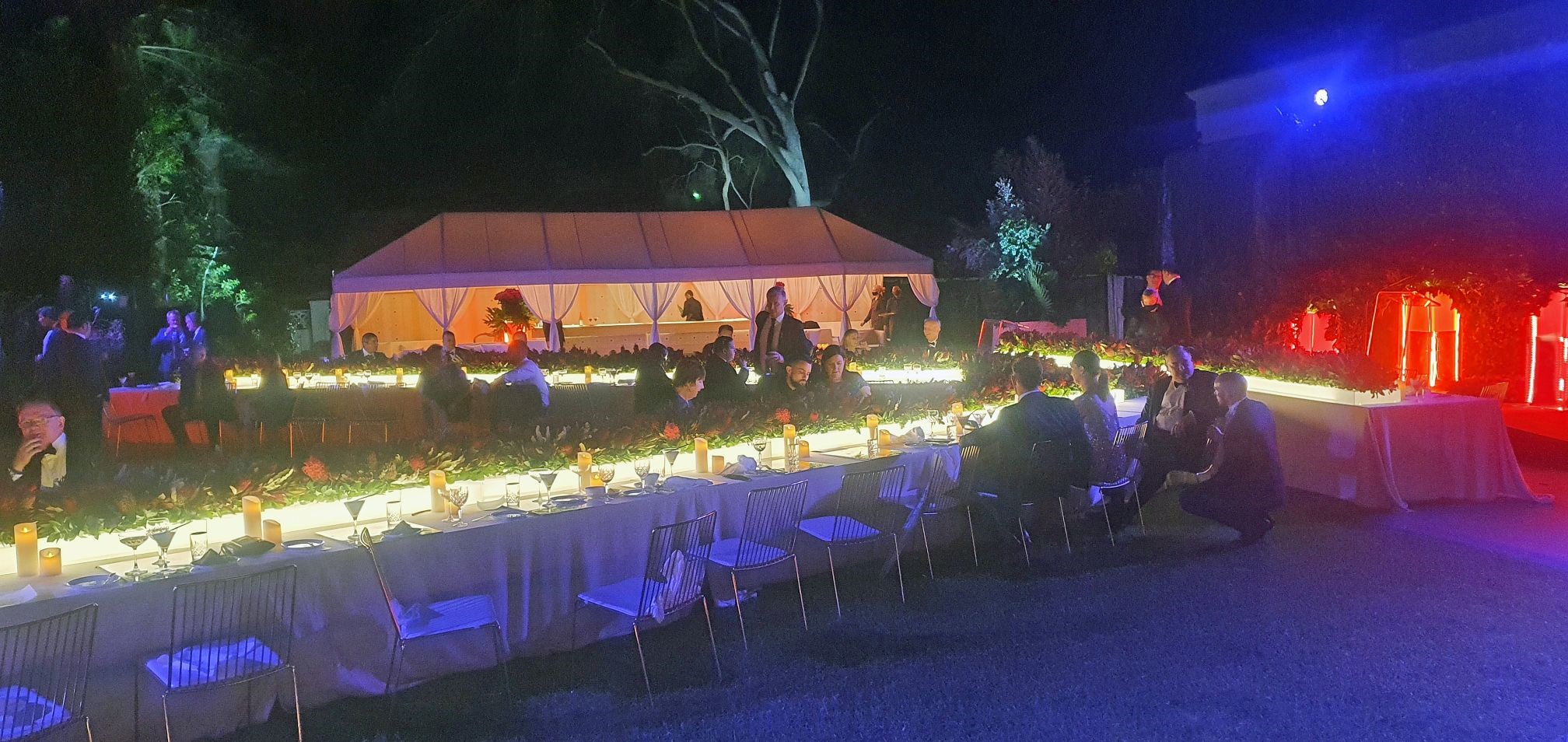 |
||||||||||||||||||||||||||||||||||||||||||||||||||||||||||||||||||||||||||||||||||||||||||||||||||
|
Click the pic below to see video of the evening - and to hear my wonderful crooning voice.
|
||||||||||||||||||||||||||||||||||||||||||||||||||||||||||||||||||||||||||||||||||||||||||||||||||
|
Attention - serious safety problem.
Over the years cars have changed, but are today's cars safer compared to the cars of yesterday?
See HERE.
|
||||||||||||||||||||||||||||||||||||||||||||||||||||||||||||||||||||||||||||||||||||||||||||||||||
|
|
||||||||||||||||||||||||||||||||||||||||||||||||||||||||||||||||||||||||||||||||||||||||||||||||||
|
Battle of Britain Lace Panels.
Between 1942 and 1947, Dobsons and M Browne & Co Ltd, a Nottingham lace curtain manufacturer, made thirty-eight lace panels commemorating the Battle of Britain of 1940. The lace panels measure 4.5 x 1.62 metres and depict scenes of the bomb-damaged buildings in London, including the House of Commons, Buckingham Palace, St Clement Danes and Guildhall, aircraft types involved in the battle, floral emblems of the countries of the Commonwealth, and St Paul's Cathedral engulfed in flames.
Thirty-one panels are known to exist of which four are in Australia: The Australian War Museum, Melbourne Shrine of Remembrance (on permanent loan from the Air Force Association Victoria), RAAF Association South Australia, and Air Force Association Western Australia are the custodians. The Battle of Britain Lace in the Shrine of Remembrance Melbourne is displayed in a climate-controlled glass case and is considered the most popular artefact on display.
One of those beautiful pieces of lacework was on permanent display in the previous RAAFA Club at Bull Creek in WA. After the old club was demolished, the lace panel has been stored in our Aviation Museum albeit not in an ideal environment. As I’m sure you would appreciate, the lacework is extremely delicate and cannot be hung like a piece of tapestry/carpet bought from “Rugs-A-Million”
The lacework also needs to be cleaned by specialised experts – it cannot just be thrown into the top-loader using a delicate wash-cycle. We are hoping to gather enough support so that the lacework will, once again, be on permanent display in our club.
If you are interested in supporting this invaluable piece of history, please get in contact.
If you can help, let us know and we’ll pass on your details to Ted. – tb
|
||||||||||||||||||||||||||||||||||||||||||||||||||||||||||||||||||||||||||||||||||||||||||||||||||
|
West Australia.
As most know, I'm a true blue West Ozzer - follower of the Weagles, drinker of Swan's finest when I can find it and also owner of a block of sand to the south of the capital of the world, Perth. I recently ran across one of life's treasurers, an all holds barred exposé of our wonderful State and being who I am, where I am and why I am, I'd like to share it with you.
So! sit up straight, fold your arms, stop talking and watch THIS.
|
||||||||||||||||||||||||||||||||||||||||||||||||||||||||||||||||||||||||||||||||||||||||||||||||||
|
|
||||||||||||||||||||||||||||||||||||||||||||||||||||||||||||||||||||||||||||||||||||||||||||||||||
|
|
||||||||||||||||||||||||||||||||||||||||||||||||||||||||||||||||||||||||||||||||||||||||||||||||||
|
Combatants surrender to ‘Ned Kelly’
Townsville was the Headquarters of RAAF North Eastern Area during World War II. RAAF 35 Transport Squadron was also based there. Lloyd Mortlock of Ocean Shores, NSW, who was Squadron Navigation Officer with 35 Squadron around the time of the official Japanese surrender, has provided us with some details of a most extraordinary happening - ‘The Galela Incident’ - which had some rather unexpected repercussions. Lloyd continues.
Though I was not a participant in the actual operation I was aware of an unauthorised Japanese surrender to some of our chaps on Galela Island that caused a major ‘flap’ at Townsville as evidenced by the large number of signals about it which I saw passing through the base. I knew that in August 1945, 35 Squadron had a detachment at Morotai, just a couple of degrees off the equator, and that crews there were well aware of tiny Galela Island about twelve miles to their north with an airstrip and a Japanese garrison but which, weeks after the Japanese surrender had not yet been taken over by Allied Forces. Accordingly it was ‘off limits’ to our personnel.
However one of our planes did make an unauthorised visit there triggering not only the Townsville ‘flap’ but also giving rise to many vague and extraordinary stories, half-truths and exaggerations.
But what really did happen on Galela Island? The central figure in these events said nothing for over fifty years - until he finally agreed to tell the full story for the first time in a book. He is Mick Murphy, later of Maddington, WA, who at the time was a pilot on 35 Squadron flying C-47 Transports. This is Mick’s own amazing story.
Why does a pilot decide to do silly things? What makes him take unnecessary risks? After fifty odd years I can’t answer those questions. Most pilots in the area knew the history of the Japanese. Stationed at Galela Island, only about twelve miles off Morotai and virtually in our circuit area, they had tried to bring us in on their beacon when we were returning from missions. I was aware of this beacon on my return from the invasion of Tarakan in Borneo.
After the atom bombs were dropped on Hiroshima and Nagasaki on 6 and 9 August, Emperor Hirohito accepted an unconditional surrender with the cease-fire coming into effect on 14 August 1945. The Japanese surrender was signed in a formal ceremony aboard the USS Missouri in Tokyo Bay on 2 September 1945.
Since the Japanese Government had surrendered and there was no sign of any official surrender party I thought it would be worthwhile to fly over and pay them a visit and see what war spoils we could collect. I think one thing that motivated me was that I had missed out on all the interesting booty which invariably turned up on these occasions. I was always at the wrong place at the wrong time.
The Galela visit was just a spur-of-the-moment decision. I felt I could bluff my way through, and tell the Japs, ‘I have been sent over to collect your arms; there will be another visit in the near future’, and so on. Bluff, bluff, bluff!
I shared my plans with twelve colleagues including my crew and we set about acquiring machine guns and ammunition and other arms in case the visit backfired. As additional precautions some of the chaps also altered their uniforms and badges to confuse the Japs. One wore an old army jacket that still had its badges on it.
Another chap added some unofficial decorative badges plus extra pips and stripes tacked on. They fixed these up to make it difficult for anyone to give accurate descriptions of who they were if there was an investigation later. I wore some jungle greens and my normal officer’s cap but we certainly looked a motley crew.
We arranged for an air test on a C-47 that had been recently serviced and took this opportunity to put the plan into operation. After completing the normal tests, the chaps changed into their specially altered ‘uniforms’. Then the tension and anxiety started to increase.
On arrival over the Galela strip I did several low-level runs to survey the situation, with all twelve of us looking out to spot gun positions and any sign at all of hostility. To our amazement quite a few Japanese ran out to the side of the strip waving. They seemed excited to see us in our RAAF Dakota. The strip looked long enough to get down and off again, so I called out to the crew and others, who included some other officers, ‘Will we give it a go? The strip looks OK.’ We had a quick discussion and one by one they nodded, so now for the test, friend or foe? The big question was whether they had been told the war was over and had been instructed to be nice to us. At this stage I was anything but relaxed.
Amazingly we landed without incident - no obstructions, no gunfire. We taxied back to put the aircraft in the best possible position for a quick take-off. Once on the ground our plan was for us all to disembark. I would make initial contact with a small party, then signal if everything was OK and for the others to come over except for a guard party which was to remain with the aircraft and have their machine guns at the ready. It seemed a very long walk across that strip to make first contact and we went most apprehensively but I was astounded to see a small party of Japanese coming towards us carrying a makeshift white flag on a stick led by the Japanese Commanding Officer and the Doctor, (who acted as interpreter), together with two or three of their officers. Much to our surprise they were waiting for us, obviously expecting that any day somebody would be along.
The party stopped in front of us, bowed and saluted. I cannot remember the initial discussions, but the Japs were very humble, respectful and more than willing to help us, making it easier for me to carry out the biggest bluff I ever pulled off in my life! Our fellows quickly caught on to the situation, kept straight faces and we went through the charade of accepting the ‘surrender’. I introduced myself as ‘Flight Lieutenant Ned Kelly’ and presented ‘Flying Officer Don Bradman’ and ‘Major Billy Hughes’ and so on, according to the dummy names they had agreed to use. We were then escorted to the Japanese Officers’ Mess. They showed us every courtesy, even serving us a meal and went to the trouble of preparing special bamboo cutlery for us.
Now confident and cocky as ‘Flight Lieutenant Ned Kelly’, I requested the Japanese to hand over all ceremonial swords, also numerous other interesting items such as cameras, money, knives, binoculars and twelve revolvers. They also insisted that we take back souvenirs of sake jugs and bowls, cigarettes, and chickens - which were a real treat after our bully beef, baked beans and goldfish (herrings).
These trophies were all laid out on a table near one of their huts adjoining the strip. The doctor suggested to me that I should take the Commanding Officer’s personal sword, rather than offend by selecting another. This I did and it was presented to me with an elaborate gesture which made him happy. We duly signed and exchanged ‘documents of surrender’ and after all the bowing, farewells, thanks, etc, departed as soon as we decently could.
Back in the air our relief was enormous. That feeling I will never forget. It was agreed that I would take control of all the booty until the dust had settled, then I would distribute it amongst all who had participated in the venture.
Arriving back at Morotai we knew we were overdue and there was some concern as fuel is limited on an air test. Someone might have worked out that we could not have been flying all that time. But we thought we covered up pretty well by saying we had given the plane a very extensive air test. So far so good!
The days ticked by; can’t remember how long, but we got to the stage when we thought it was safe to distribute the spoils. I thought no one knew about it
However a couple of weeks later when an official party led by high ranking officers did land on Galela Island to formally take the surrender they were told by the Japanese Commanding Officer, to their utter amazement, embarrassment and disbelief, that he and his forces had already surrendered to ‘Flight Lieutenant Ned Kelly’ and his officers. The sheer insolence of this deed immediately started a witch-hunt for the culprits, but not having any correct names or descriptions, they had no immediate success.
Then a little later back at Morotai, out of the blue came the request: ‘Send Murphy up to see Area Officer Commanding Transport, Wing Commander Harry Purvis’. It seemed I was really on the mat. He began, ‘Why would you do such a mad thing? We were just ready to mount a search for you’.
Somehow the word had leaked out. He more or less knew some of the story but wanted to know where we had been and what we had done. He did seem rather intrigued by the escapade. I pleaded that I had all along missed out on picking up any booty on such occasions because of my junior rank, that senior officers had taken all the good trips; I had missed out right back since 1942. This seemed to strike a slightly sympathetic ear, however he did hand out a nominal penalty for ‘exceeding the time on an air test’. He also promised to put in a good word for me without guaranteeing anything.
‘Thank you Sir’, and it was all over. I really thought that that we could at last relax.
But then it happened! Days later a signal arrived from Townsville saying: SEND MURPHY BACK TO BASE AS A PASSENGER STOP REPEAT AS A PASSENGER.
Why would they write a signal like that: ‘AS A PASSENGER” Perhaps I was being called for discharge? I had over five years service up. You can believe anything when you really want to.
On arrival in Townsville ‘as a passenger’ I was marched into the Commanding Officer’s office. He was furious and proceeded to tear strips off me, right, left and centre. ‘Why, why would you do such a foolish thing? You’ve disgraced the squadron. Embarrassed some high ranking officers. Broken the Geneva Convention. Endangered one of His Majesty’s aeroplanes and one of His Majesty’s crews. You’re grounded.
You’ll never fly another aeroplane while you are in my squadron.’ And much more. ‘Be prepared for a court martial within the next three weeks.
Dismissed.’
The Commanding Officer, Squadron Leader Roy Brown, was a well-built swarthy-skinned fellow with dark brown eyes. This particular day I swear they turned black! I was demoted to Duty Pilot and for the rest of my time on 35 Squadron at Townsville, was relegated to the Operations Room, wielding a stick of chalk and a blackboard.
Some weeks later, with no news of my court martial and when things appeared to be gradually getting back to normal, Headquarters phoned me to prepare an aircraft for Perth, my home town. Rather cheekily I listed myself as second pilot and was amazed when this was allowed to stand. Not only that, once on the aircraft I was moved over to the left seat as No 1 pilot!
We had a great trip to Perth and on arrival back in Townsville I was told I would resume normal flying duties. The court martial had been dropped, we all kept our spoils and nothing further was heard on the incident.
For a further four months I flew, evacuating many who had been POWs for years, including nurses, and even flew a courier trip to Japan. In April 1946 I was discharged after six and a half years service.
|
||||||||||||||||||||||||||||||||||||||||||||||||||||||||||||||||||||||||||||||||||||||||||||||||||
|
|
||||||||||||||||||||||||||||||||||||||||||||||||||||||||||||||||||||||||||||||||||||||||||||||||||
|
|
||||||||||||||||||||||||||||||||||||||||||||||||||||||||||||||||||||||||||||||||||||||||||||||||||
|
Electric cars
Electric cars seem to be the future of motoring. Most manufacturers have or are developing electric vehicles and although not so popular in Australia, mainly because of the distances we travel, in Europe they are a popular choice. You read a lot about how far they go on a single charge but we believe those stories are a bit deceiving. Most are calculated in ideal conditions, in bright sunlight, no wind, level ground single occupant and with all accessories turned off.
But when you operate them in normal day to day operations things aren't as rosy as they seem.
CarWOW in the UK recently tested an electric Skoda SUV and compared it running clean against it running dirty - and the change in range was very noticeable. We know the same will happen to a petrol or diesel engined car, they will use more fuel when running dirty, but the big difference is when the petrol or diesel car runs out of motion, it only takes a few minutes to "charge" it up again and you're off. An electric car can take from anywhere, depending on the vehicle and the charging system, from an hour to overnight.
Have a look at the video HERE.
|
||||||||||||||||||||||||||||||||||||||||||||||||||||||||||||||||||||||||||||||||||||||||||||||||||
|
|
||||||||||||||||||||||||||||||||||||||||||||||||||||||||||||||||||||||||||||||||||||||||||||||||||
|
RAAF denies problems with F-35 Joint Strike Fighter
Australia’s Chief of Air Force Air Marshal Mel Hupfeld has released a formal statement in response to media reports claiming that Australia’s new F-35 Joint Strike Fighter is not performing to schedule.
In the statement, Air Marshal Mel Hupfeld said he rejected the criticisms made in The Australian article ‘Defence revises down planned availability of the F-35A jet fleet’. “The criticisms contained are completely unfounded,” Air Marshal Hupfeld said. “The Royal Australian Air Force has revised the expected flying hours based on our maturing understanding of the F-35A capability requirements and our expected build-up of the capability.
“Forward estimate flying hours are based on training and capability requirements, not availability. To use the basic singular metric of flying hours, to suggest that the F-35A is not satisfying its operational and training requirements, is misleading and simply false. I can confirm the JSF program has met all of its tasking commitments, such as exercises, verification and validation activities and training requirements.”
Air Marshal Hupfeld disclosed that Australia had flown more than 15,000 hours in the F-35A thus far. “The project is delivering to the 2014 government-approved budget and schedule and has already achieved the key initial operational capability milestone of one operational F-35A squadron and training unit by December 2020. In 2021, the program stood up a second operational squadron and a third is occurring in 2022.”
Moral: “Don’t believe everything you read in the news-papers”.
|
||||||||||||||||||||||||||||||||||||||||||||||||||||||||||||||||||||||||||||||||||||||||||||||||||
|
Sometimes someone unexpected comes into your life out of nowhere, makes your heart race and changes you forever. We call these people cops!
|
||||||||||||||||||||||||||||||||||||||||||||||||||||||||||||||||||||||||||||||||||||||||||||||||||
|
The history of the car radio.
Seems like cars have always had radios, but they didn't.
Here's the story:
One evening, in 1929, two young men named William Lear and Elmer Wavering drove their girlfriends to a lookout point high above the Mississippi River town of Quincy, Illinois, to watch the sunset. It was a romantic night to be sure, but one of the women observed that it would be even nicer if they could listen to music in the car.
Lear and Wavering liked the idea. Both men had tinkered with radios (Lear served as a radio operator in the U.S. Navy during World War I) and it wasn't long before they were taking apart a home radio and trying to get it to work in a car. But it wasn't easy, cars have ignition switches, generators, spark plugs, and other electrical equipment that generate noisy static interference, making it nearly impossible to listen to the radio when the engine was running.
One by one, Lear and Wavering identified and eliminated each source of electrical interference. When they finally got their radio to work, they took it to a radio convention in Chicago. There they met Paul Galvin, owner of Galvin Manufacturing Corporation. He made a product called a "battery eliminator", a device that allowed battery-powered radios to run on household AC current.
But as more homes were wired for electricity, more radio manufacturers made AC-powered radios. Galvin needed a new product to manufacture. When he met Lear and Wavering at the radio convention, he found it. He believed that mass-produced, affordable car radios had the potential to become a huge business. Lear and Wavering set up shop in Galvin's factory, and when they perfected their first radio, they installed it in his Studebaker.
Then Galvin went to a local banker to apply for a loan. Thinking it might sweeten the deal, he had his men install a radio in the banker's Packard. Good idea, but it didn't work Half an hour after the installation, the banker's Packard caught on fire. (They didn't get the loan.)
Galvin didn't give up. He drove his Studebaker nearly 800 miles to Atlantic City to show off the radio at the 1930 Radio Manufacturers Association convention. Too broke to afford a booth, he parked the car outside the convention hall and cranked up the radio so that passing conventioneers could hear it. That idea worked -- He got enough orders to put the radio into production.
What's in a name
That first production model was called the 5T71. Galvin decided he needed to come up with something a little catchier. In those days many companies in the phonograph and radio businesses used the suffix "ola" for their names - Radiola, Columbiola, and Victrola were three of the biggest. Galvin decided to do the same thing, and since his radio was intended for use in a motor vehicle, he decided to call it the Motorola.
But even with the name change, the radio still had problems. When Motorola went on sale in 1930, it cost about $110 uninstalled, at a time when you could buy a brand-new car for $650, and the country was sliding into the Great Depression. (By that measure, a radio for a new car would cost about $3,000 today.)
In 1930, it took two men several days to put in a car radio , the dashboard had to be taken apart so that the receiver and a single speaker could be installed and the ceiling had to be cut open to install the antenna. These early radios ran on their own batteries, not on the car battery, so holes had to be cut into the floorboard to accommodate them. The installation manual had eight complete diagrams and 28 pages of instructions. Selling complicated car radios that cost 20 percent of the price of a brand-new car wouldn't have been easy in the best of times, let alone during the Great Depression.
Galvin lost money in 1930 and struggled for a couple of years after that. But things picked up in 1933 when Ford began offering Motorola's pre-installed at the factory. In 1934 they got another boost when Galvin struck a deal with B.F. Goodrich tire company to sell and install them in its chain of tire stores. By then the price of the radio, with installation included, had dropped to $55. The Motorola car radio was off and running.
(The name of the company would be officially changed from Galvin Manufacturing to "Motorola" in 1947.)
In the meantime, Galvin continued to develop new uses for car radios. In 1936, the same year that it introduced push-button tuning, it also introduced the Motorola Police Cruiser, a standard car radio that was factory pre-set to a single frequency to pick up police broadcasts. In 1940 he developed the first handheld two-way radio, the Handie-Talkie for the U. S. Army.
A lot of the communications technologies that we take for granted today were born in Motorola labs in the years that followed World War II. In 1947 they came out with the first television for under $200. In 1956 the company introduced the world's first pager; in 1969 came the radio and television equipment that was used to televise Neil Armstrong's first steps on the Moon. In 1973 it invented the world's first handheld cellular phone. Today Motorola is one of the largest cell phone manufacturers in the world.
And it all started with the car radio.
Whatever happened to the two men who installed the first radio in Paul Galvin's car?
Elmer Wavering and William Lear ended up taking very different paths in life. Wavering stayed with Motorola. In the 1950's he helped change the car experience again when he developed the first car alternator, replacing inefficient and unreliable generators. The invention lead to such luxuries as power windows, power seats and eventually, air-conditioning.
Lear also continued inventing. He holds more than 150 patents. Remember eight-track tape players? Lear invented that. But what he's really famous for are his contributions to the field of aviation. He invented radio direction finders for planes, aided in the invention of the autopilot, designed the first fully automatic aircraft landing system and in 1963 introduced his most famous invention of all, the Lear Jet, the world's first mass-produced, affordable business jet. (Not bad for a guy who dropped out of school after the eighth grade.)
AND it all started with a woman's suggestion!!
|
||||||||||||||||||||||||||||||||||||||||||||||||||||||||||||||||||||||||||||||||||||||||||||||||||
|
The Human Skeleton.
What starts out as a tiny egg and a gleam in a man’s eye miraculously develops into a human being made up of the most amazing pieces, bones, muscles and other bits all arranged in perfect order.
Our bone structure, which holds all the other bits together, is what enables us to do what we do, to walk, to run, sit, pick up and carry things even make other persons. The whole process is mind boggling.
Click HERE to see the bone structure.
|
||||||||||||||||||||||||||||||||||||||||||||||||||||||||||||||||||||||||||||||||||||||||||||||||||
|
|
||||||||||||||||||||||||||||||||||||||||||||||||||||||||||||||||||||||||||||||||||||||||||||||||||
|
|
||||||||||||||||||||||||||||||||||||||||||||||||||||||||||||||||||||||||||||||||||||||||||||||||||
|
What is an Inkjet Printer?
Inkjet printers have become ubiquitous in the world around us, as is printing technology, but do you know how it works? We’ll demystify the process in this quick explainer and look at what goes into printing in general.
How does an Inkjet Printer work?
The fact that Inkjet printers are so common hides the fact that they’re a pretty marvelous work of engineering.
All the magic happens in the nozzle but is more than what it seems; in reality, it isn’t one large nozzle but rather hundreds if not thousands of microscopic nozzles. These can often be as small as 10 micrometers in diameter, which is about a tenth the size of a human hair. So the tinier these holes are, the better the resolution of the printed image can be. Sort of like how pixels work with screens, the size and density of these tiny nozzles dictates the quality of the print.
The next step is releasing ink droplets through these nozzles at a very precise rate. Manufacturers delicately engineer the ink in terms of viscosity and pigment density to ensure that it’s always the same amount of ink and that it looks just right on the page. For colour printers, there are often hundreds of separate nozzles for the different colour inks, in addition to the ones for the black ink.
Once the ink has been deposited on the paper, the only thing left is for it to dry, which sometimes takes a while given the Inkjet printing process. This is why Inkjet-printed pages are prone to smudging; the ink hasn’t thoroughly dried. That being said, you can get around that by using pigment-based inks, which drops a suspension of pigment in a solvent that evaporates quickly, and therefore dries faster while leaving the pigment behind.
Why is Printer Ink so expensive?
Generally speaking, there are two ways to explain the high price of printer ink. The first is the manufacturer’s reasoning:
Ink is incredibly expensive to research and develop. It takes a lot of effort to create an ink that can be uniformly applied using the microscopic nozzles that printers have. The cost of this R&D is then offloaded onto the cost of the ink cartridges itself, thereby making them very expensive.
On the other hand, though, the generally accepted reasoning is that it makes them more money. It’s no secret that some printers are cheaper to buy than their own ink cartridges and that’s because manufacturers sell printers at a loss and make money from the cartridges themselves. On top of that, according to Consumer Reports, up to half the ink in cartridges is wasted during maintenance cycles.
Inkjet vs Laser Printer
Of course, given how expensive inkjet ink is, one alternative is going for a laser printer instead. Laser printers tend to be much cheaper to run than Inkjet printers, sometimes even up to a tenth of the cost to print per page. In exchange for this cheaper cost, you end up having to pay a higher up-front cost to buy a laser printer since they aren’t sold at a loss like some inkjet printers are. The other downside is that laser printing doesn’t have the same resolution and quality as an inkjet printer does when it comes to colours. If most of your printing tends to be text documents, or if you don’t have professional-grade colour quality requirements, laser printers can be a much cheaper alternative to Inkjet in the long run. That being said, if you do need the quality that comes with inkjet printing but want to avoid the higher costs, you should consider a cartridge-less, ink tank printer instead. You can refill the printer’s ink tank yourself, and the cost per page is counted in one or two cents.
|
||||||||||||||||||||||||||||||||||||||||||||||||||||||||||||||||||||||||||||||||||||||||||||||||||
|
|
||||||||||||||||||||||||||||||||||||||||||||||||||||||||||||||||||||||||||||||||||||||||||||||||||
|
|
||||||||||||||||||||||||||||||||||||||||||||||||||||||||||||||||||||||||||||||||||||||||||||||||||
|
Windows gets an always-on-top keyboard shortcut, thanks to Powertoys
The latest version of Microsoft PowerToys adds a feature that Windows fans around the world have eagerly anticipated, a keyboard shortcut designed to keep a window on top of other ones at all times. In the release notes on GitHub for version 0.53.1, Microsoft said, “Welcome to the family! With a quick Win+Ctrl+T, the window in focus is toggled to be on top. Toggle again, and it reverts back to normal.”
This new method is much easier than fussing with third-party tools or using other workarounds. Now, you need to download the latest version of Microsoft PowerTools, and you’ll be able to choose any keyboard shortcut to keep a window on top.
One example of how this could be useful is watching a YouTube video, keeping it from going to the background when you click on something else. By entering your keyboard shortcut, the window will pin itself and stay in front of everything else.
Of course, this functionality comes along with everything else PowerToys can accomplish, so it’s definitely worth downloading the software and trying it out, even if you only take advantage of one or two of the things it can do to make using your Windows PC more enjoyable.
Once you have downloaded the software it's very easy to use. Let's say you are watching a YouTube video and you want to keep working, just hold down the Windows key and the Ctrl key and press the T key. The YouTube page will stay open, you can reduce its size and move it to the edge of your screen and continue to work on something else. When you've finished watching the video, just click the Close button (the X) at the top right of its page.
|
||||||||||||||||||||||||||||||||||||||||||||||||||||||||||||||||||||||||||||||||||||||||||||||||||
|
|
||||||||||||||||||||||||||||||||||||||||||||||||||||||||||||||||||||||||||||||||||||||||||||||||||
|
|
||||||||||||||||||||||||||||||||||||||||||||||||||||||||||||||||||||||||||||||||||||||||||||||||||
|
Powertoys.
PowerToys is a handy tool which you can download free from Microsoft. It contains loads of useful tools which once you start using you’ll wonder how you did without them.
Click HERE to see some of them.
|
||||||||||||||||||||||||||||||||||||||||||||||||||||||||||||||||||||||||||||||||||||||||||||||||||
|
|
||||||||||||||||||||||||||||||||||||||||||||||||||||||||||||||||||||||||||||||||||||||||||||||||||
|
PS: If you're looking for me - I'm out!!
|
||||||||||||||||||||||||||||||||||||||||||||||||||||||||||||||||||||||||||||||||||||||||||||||||||
|
|
||||||||||||||||||||||||||||||||||||||||||||||||||||||||||||||||||||||||||||||||||||||||||||||||||
|
|
||||||||||||||||||||||||||||||||||||||||||||||||||||||||||||||||||||||||||||||||||||||||||||||||||
|
|
||||||||||||||||||||||||||||||||||||||||||||||||||||||||||||||||||||||||||||||||||||||||||||||||||
|
|
||||||||||||||||||||||||||||||||||||||||||||||||||||||||||||||||||||||||||||||||||||||||||||||||||
|
Blessed are those who are cracked for they are the ones who let in the light.
Ok, ok - I'm going back to my room now!
I'm Ted Mac - and you're not!
|
||||||||||||||||||||||||||||||||||||||||||||||||||||||||||||||||||||||||||||||||||||||||||||||||||
|
|
||||||||||||||||||||||||||||||||||||||||||||||||||||||||||||||||||||||||||||||||||||||||||||||||||
|
Back Go to page: 1 2 3 4 5 6 7 8 9 10 11 12 13 14 15 16 17 18 19 20 Forward |
||||||||||||||||||||||||||||||||||||||||||||||||||||||||||||||||||||||||||||||||||||||||||||||||||
|
|
||||||||||||||||||||||||||||||||||||||||||||||||||||||||||||||||||||||||||||||||||||||||||||||||||



